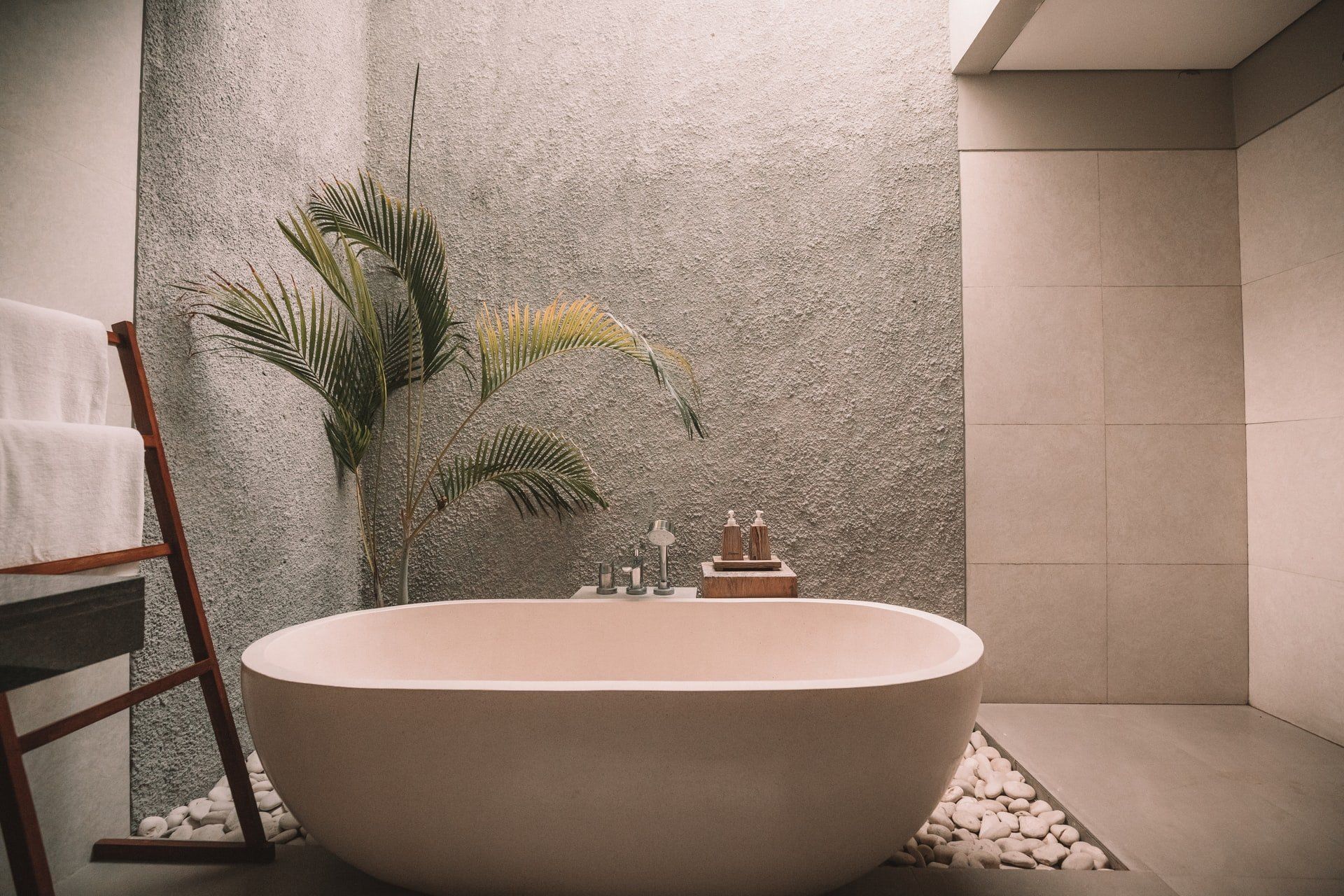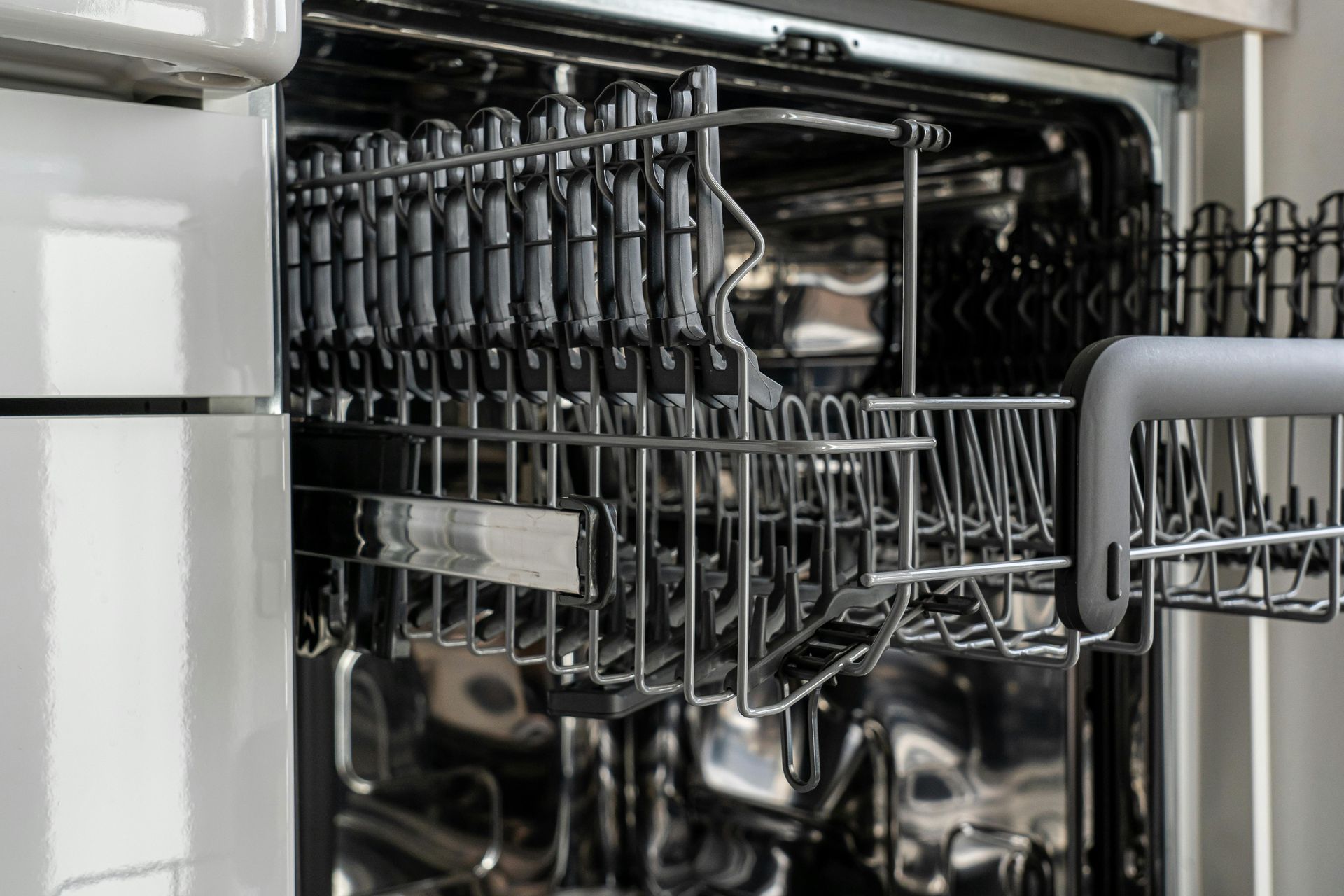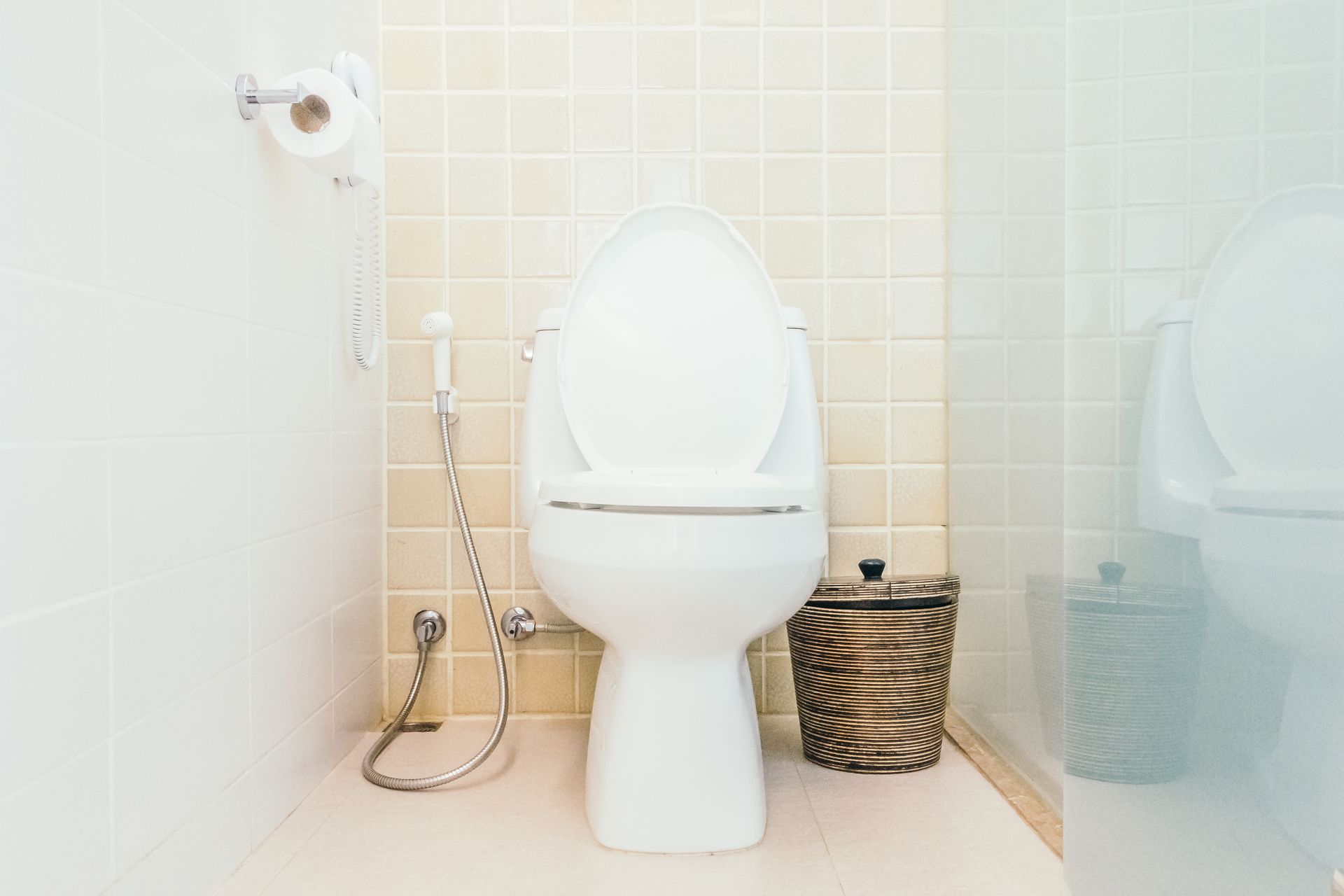5 Easy, Helpful Tips for Renovating Your Own Bathroom

Whether you’re having a new house built from the ground up or expanding an existing home, it is important to pay special attention to the plumbing when you’re designing a bathroom.
Bathrooms need a separate system for handling freshwater, sewage, and wastewater, so a combination of these lines is necessary. It is important to be very precise when dealing with any plumbing design. If you’re planning to rebuild your bathroom, here are some helpful tips to do so.
1) Have a Plan in Mind
If you don’t plan your bathroom project, you can end up wasting money. If you’re building a new house, you’re able to include a bathroom from the beginning. However, if you’re expanding an existing house, you’ll have to plan where to include your bathroom.
It’s a good idea to plan for a bathroom before the house is built. If you don’t plan for one, it becomes very difficult and costly to add one later.
2) Make Sure Venting Is Done Properly
There are a lot of different rules and regulations regarding how to vent bathrooms. You need to be sure that the venting is done correctly before the bathroom is finished.
If the venting is done by a professional, it should be correct. However, sometimes people do it themselves. Make sure you’re checking to see if things are properly done.
3) Install Shut Off Valves
You should make sure you have shut-off valves installed. These are essential if you want to renovate your bathroom. They’ll come in handy whenever you want to work on something in the bathroom. When you don’t have them, you can’t get to the plumbing to make changes.
You should have them installed on every pipe. It will be very easy to find the shutoff valves when you’re ready to work on the plumbing.
4) Know Your Plumbing Code
If you’re dealing with a new house or remodeling an existing one, you should have your codes in check to ensure that everything looks professional and is done properly. If you’re dealing with an expert, he or she should know everything about this.
If you’re doing it on your own, you’ll have to take the time to learn more about plumbing and the codes. It’s essential that you know what is up to code and what isn’t. Being able to do this will make it easier to do things in the future, even if you’re not completely sure what you’re doing.
5) Talk to a Professional
If you’re having a new house built from the ground up, you should talk to a professional about your bathroom. You can get a professional to give you advice, tips about what to include or not include and what to do.
If you’re completing a bathroom remodel, you should also talk to a professional. They’ll know what you need and how to best do everything involved with the plumbing.
A professional can also make sure that everything is done the way it should be. This will ensure that you don’t run into any problems when you’re trying to use your bathroom.
Conclusion
People use their bathrooms every day, so it is essential that they are able to work properly and as they should. If you’re planning on renovating your bathroom, it is important that you pay attention to the plumbing. If you don’t, you might run into a lot of problems.
Talk to the experts at All City Plumbers before you start making renovations. We provide industrial plumbing services that cover just about any concern. Get in touch with us today to learn more.











